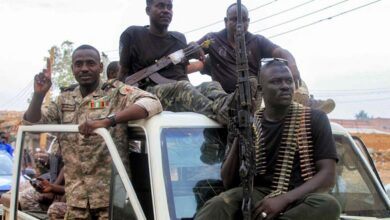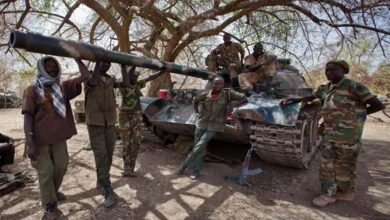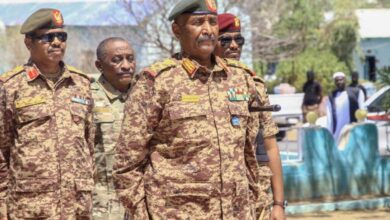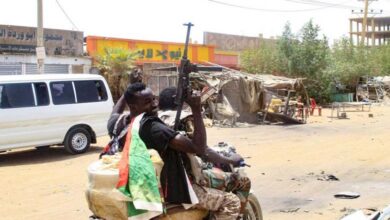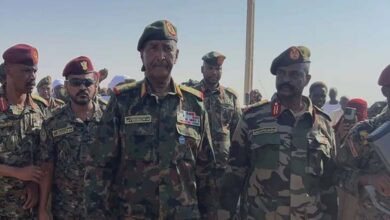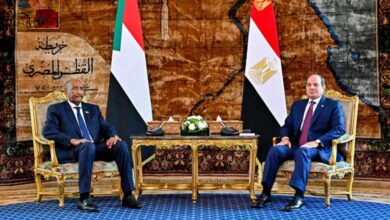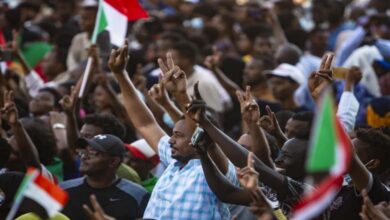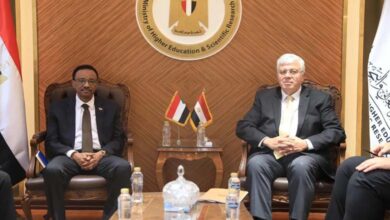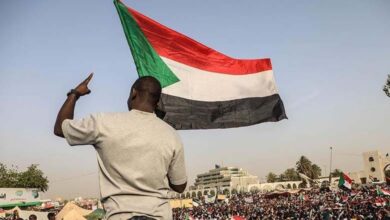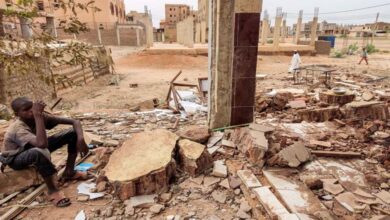The Efforts of the Muslim Brotherhood to Gain Control of European Capitals
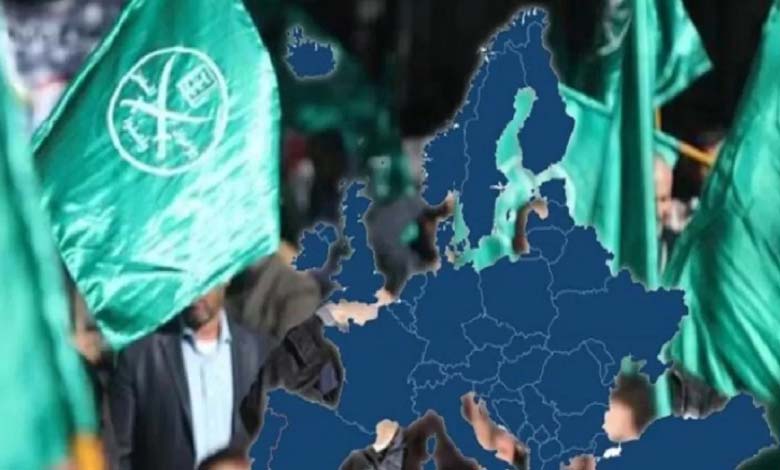
Events in Europe have escalated since the rise of the terrorist organization ISIS to the global stage, prompting the question that preoccupies most Western researchers: how did all these Muslim Brotherhood members emerge in our midst? This comes after the publication of numerous documents from foreign intelligence agencies, which proved the use of the Muslim Brotherhood, classified as a terrorist group in several countries, as a means of exerting pressure on Arab regimes in the Middle East, as well as gaining control over Arab Muslim communities in Western Europe and the United States. The latest revelations, including leaks from Hillary Clinton’s emails, also revealed the support of Qatar and Turkey with American guidance for what was called “the Arab Spring.”
In the same context, the movements of Muslim Brotherhood organizations in America in support of the Democratic Party candidate have shed light on the links between the Muslim Brotherhood and Democratic American presidents, as well as their use by them to change the map of the Middle East. However, a sort of awakening has struck some European countries and some American politicians, notably Donald Trump in the United States and Emmanuel Macron in France, thus strengthening the wall of defense of the West to defend national identities against the intrusion of the Muslim Brotherhood and their establishment of parallel extremist communities in those countries.
Syrian journalist Lamarr Arkandi says: “It is well known that the Muslim Brotherhood organization is the womb that gave birth to terrorist organizations like Al-Qaeda, Al-Nusra Front, the Islamic State, and other organized terrorist formations that wreaked havoc in many countries around the world, especially in the Arab world.”
Arkandi pointed out that the Muslim Brotherhood infiltrated Europe through funded Islamic institutions: “The Muslim Brotherhood organization, which has become the most dangerous Islamic minority threatening Europe catastrophically today, has expanded by spreading through mosques, especially mosques of the Turkish Islamic movement across the continent, especially in Germany, and through teaching Islamic curricula that combat secularism, carefully designed to brainwash young people, not only Muslims, but even from other religions, to recruit them to serve the movement of the group. These mosques, which spread for political reasons, have become breeding grounds for the generation and production of extremism, exporting it according to the interest of the funding and supporting countries.”
Arkandi also pointed out that these efforts targeting youth date back to the beginning of the second millennium: “Specifically in 2002, when the Islamic Cultural Center in Ireland and Muslim scholars associations from Germany and Britain organized a conference in Bonn, the Swiss capital, on Islamic education and to challenge secular curricula on the European continent, which are in conflict with Islam, according to their propaganda.”
She added: “The media also revealed a secret meeting of the Muslim Brotherhood at the time, where they talked about their infrastructure in the world including 79 countries, mostly European, because the Muslim Brotherhood, who are the most widespread and most extremist Sunni group, were banned in some Arab countries, but with the Arab Spring revolutions, they came to power in Syria, Egypt, Tunisia, Libya, and the turmoil and war in some of these countries are due to the public presence of the Brotherhood, represented by military brigades and radical terrorist factions that tried to establish Islamic caliphate emirates threatening the Arab world, Africa, Asia, and Europe.”
Exploitation of Political Islam
Researcher in Islamist group affairs, Amr Farouk, states that the West began to contain the Muslim Brotherhood and sympathize with it greatly since the 1950s, noting the emergence of another trend in Europe, jihadist Salafism since the early 1980s, prevalent in some major cities like Paris and London, exploiting the margin of freedoms there.
“However, the West in general employed political Islam trends to achieve a set of goals, in mutual benefit,” he explained, adding: “Decision-making circles in the West saw Islamists, in general, as a tool that could be politically employed against Arab regimes. Therefore, the West contained them at the beginning of the second half of the 20th century when most members of these groups emigrated to Europe and the United States following confrontations with Arab governments, leaving them free to create Islamic centers and some human rights centers, which were used and mobilized against the Arab regimes in place, and the Egyptian state and the Syrian regime were the most affected by this crisis.”
He added: “Through these elements, the so-called ‘alternative political circles’ began to be employed, meaning how can I attack Arab regimes and exert pressure on them without appearing clearly in the picture, but through tools.”
The Egyptian researcher emphasized that by the West here, the major powers are meant; “specifically Britain and the United States, who employed those elements as remote pressure tools, without being in the scene, whether those elements were affiliated with the Muslim Brotherhood or the political Islam trend. Britain and the United States paved the way for jihadist Salafism and supported the Afghan jihad camps to strike the Soviet Union and communist regimes.”
Farouk pointed out that those elements used the existing freedom to establish supportive networks among themselves. “We will find that the United States employed those elements in Western countries to influence or create what are called supportive extensions to it, and these elements, in general, will find that they are in contact with Western British and American intelligence agencies.
Farouk continued: An example of this is Abu Omar al-Masri, and when you read what was published about him in the Western media, you will find that he was a double agent between German and American intelligence, and indeed they were used as intelligence tools.”
Firstly: to control Arab and Islamic communities in Europe, by creating a radical trend, because that means, in the concept of opposition, that you need a moderate trend equivalent to it, which the Muslim Brotherhood tries to portray to the West.
Secondly: the West faced after the 1980s the Sunni Islam against Shiite Islam, because they had readings that there would be a very large empire for a system based on the Shiite idea, so they began to manufacture and support what is called radical Sunni Islam to be in competition with Shiite Islam, which contributed, in turn, to its rise in the region in one way or another.


